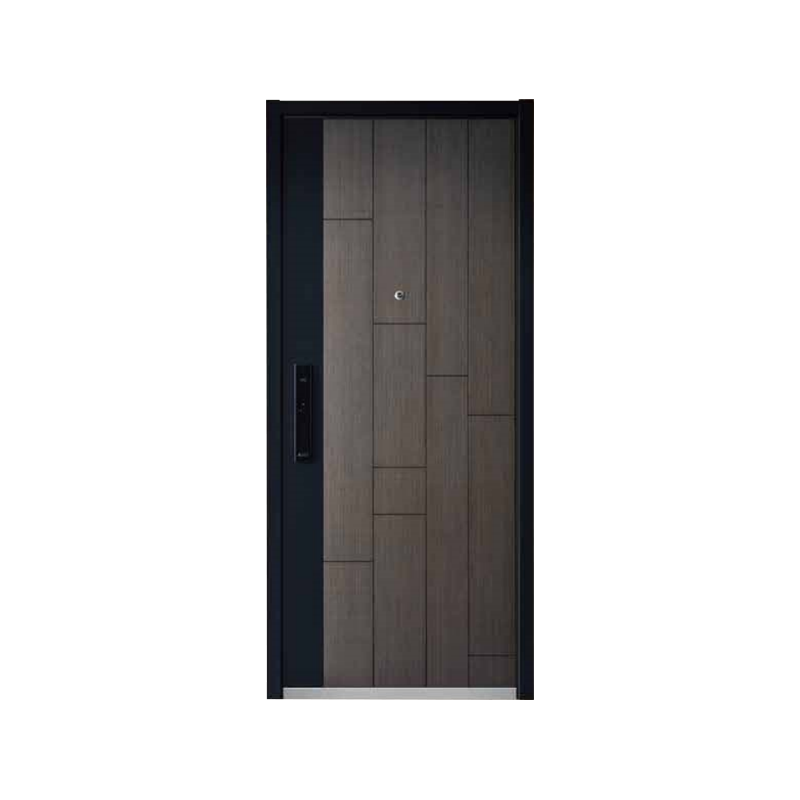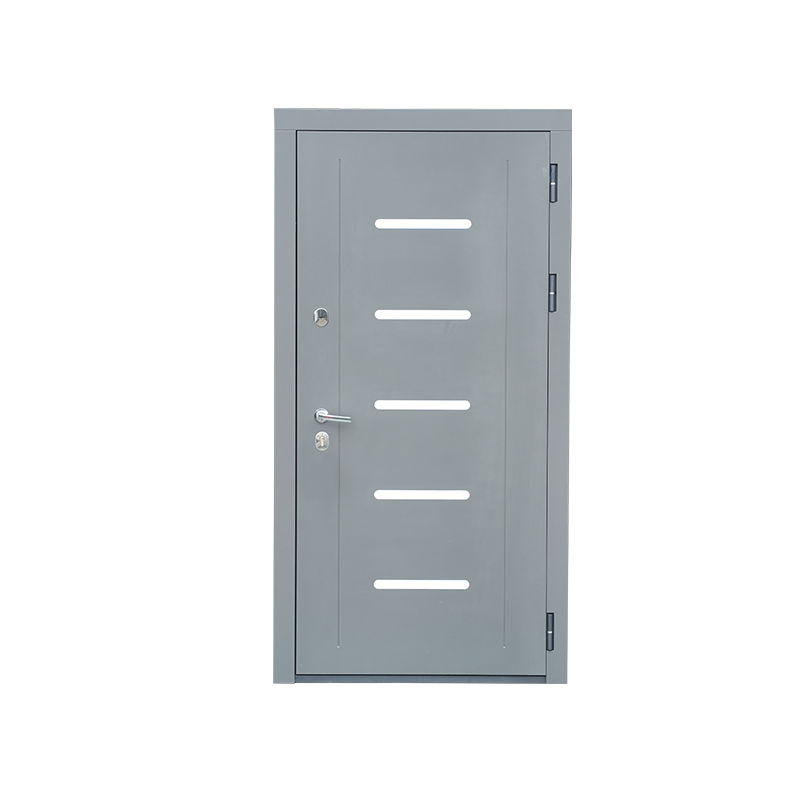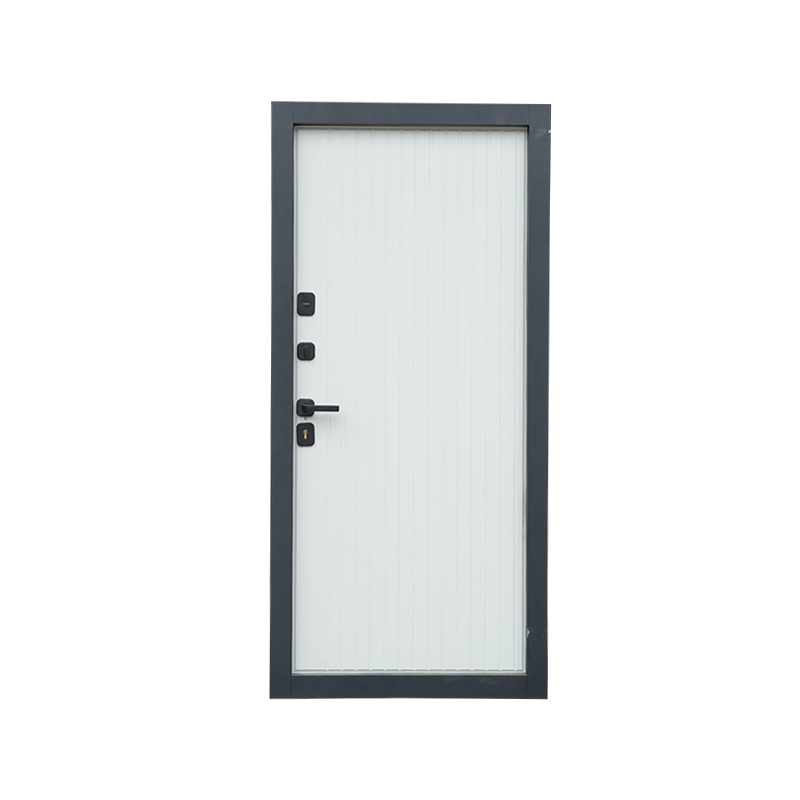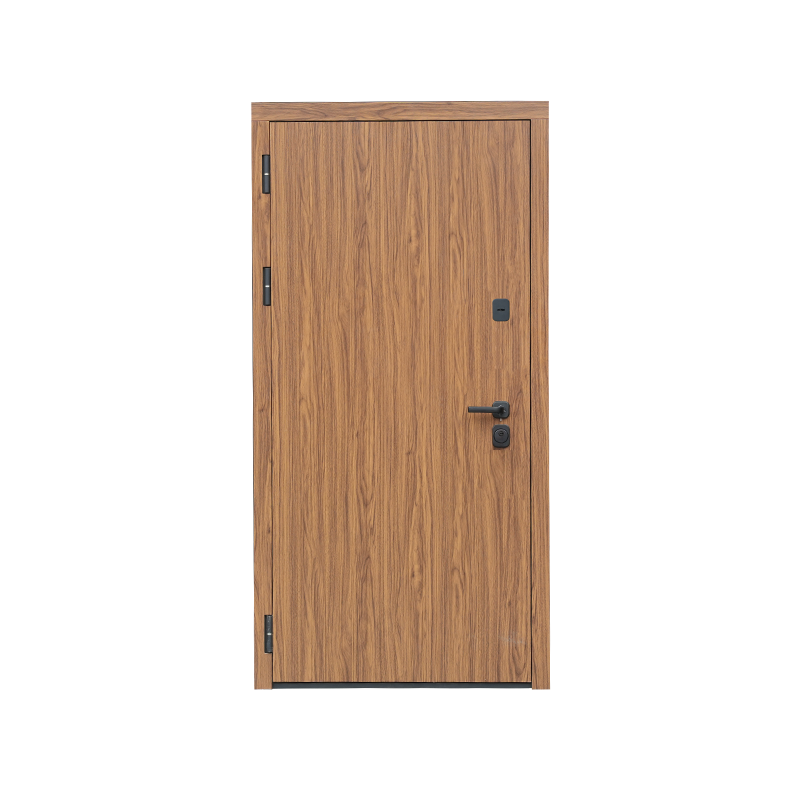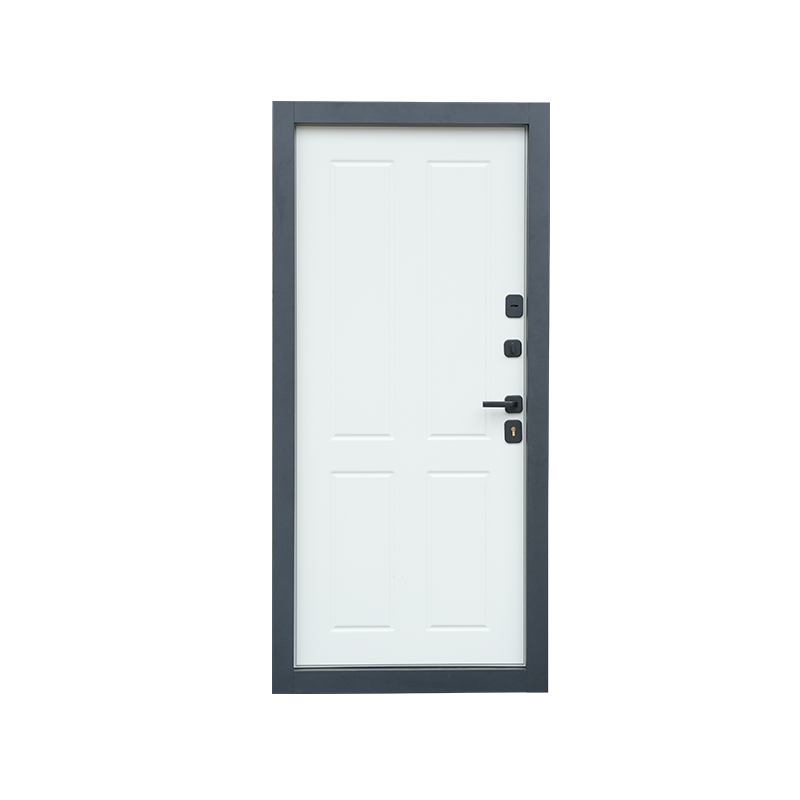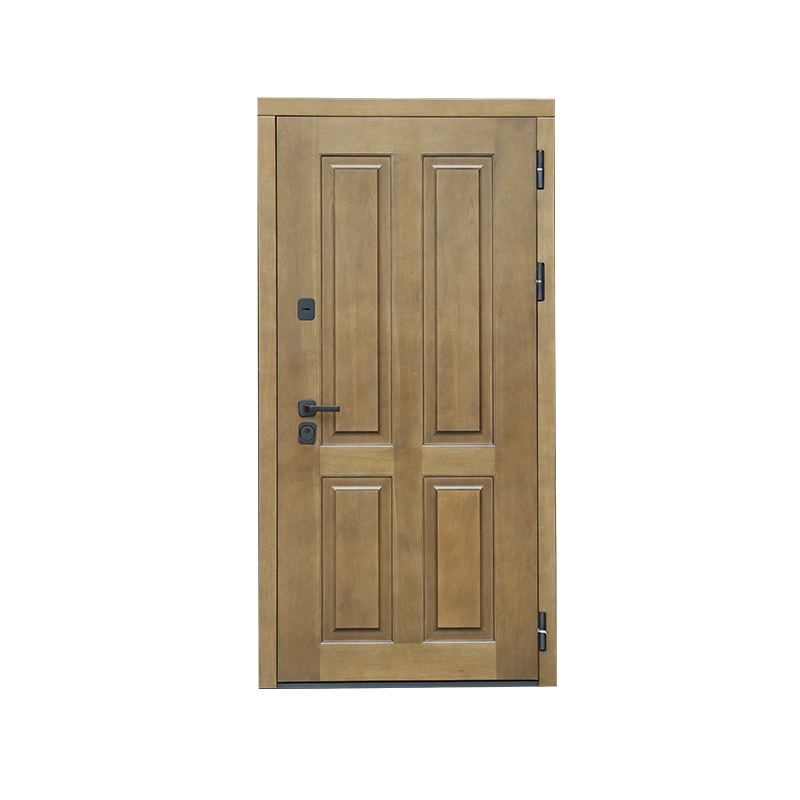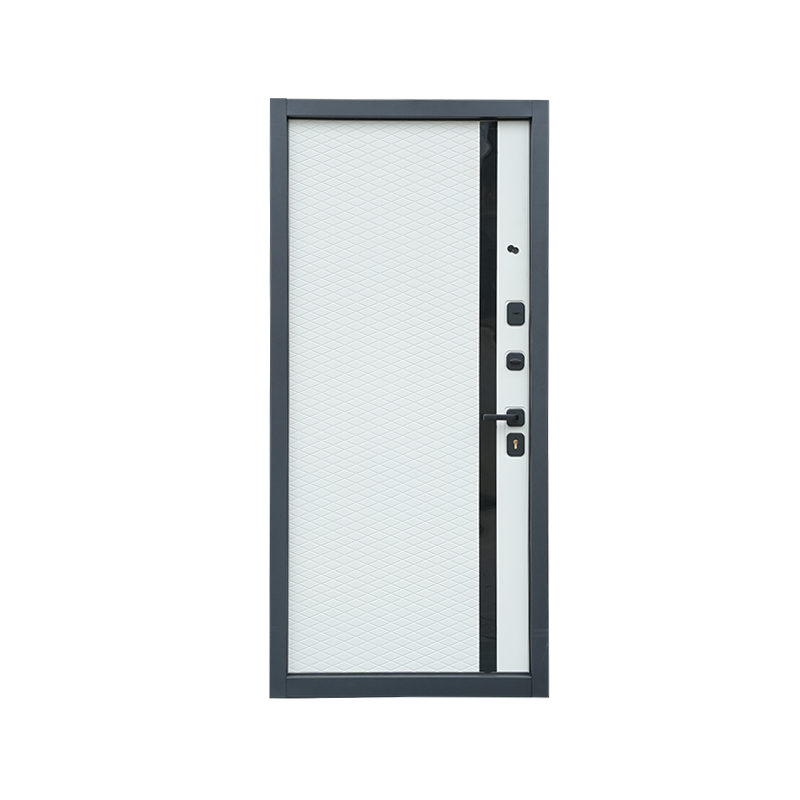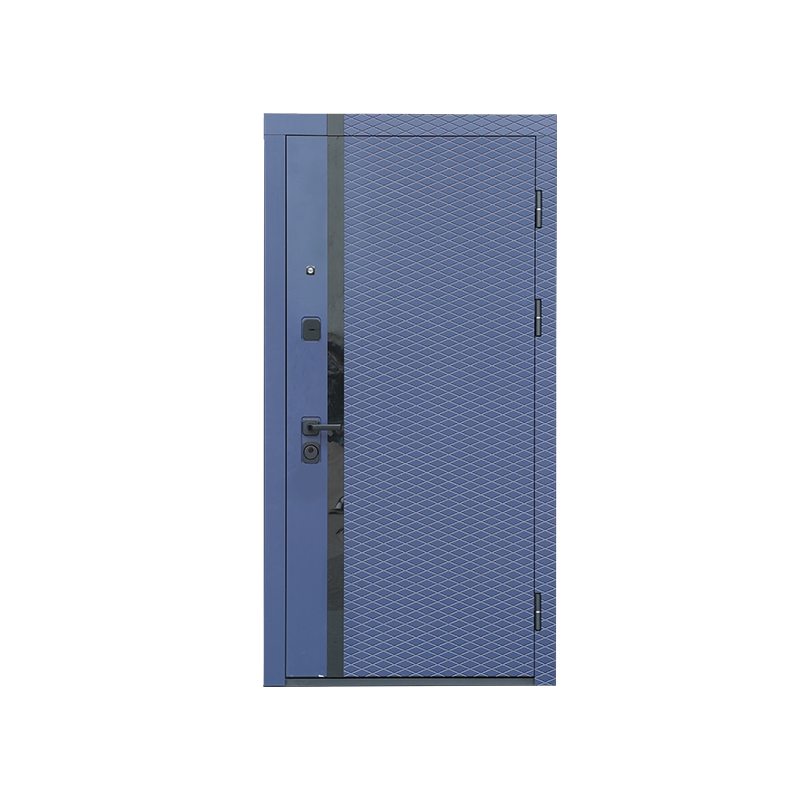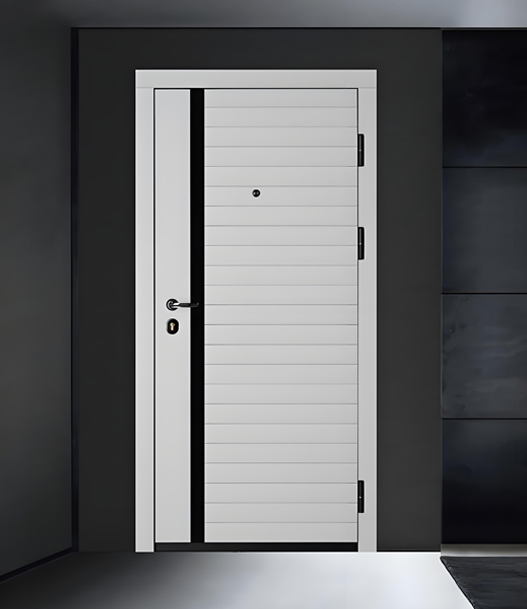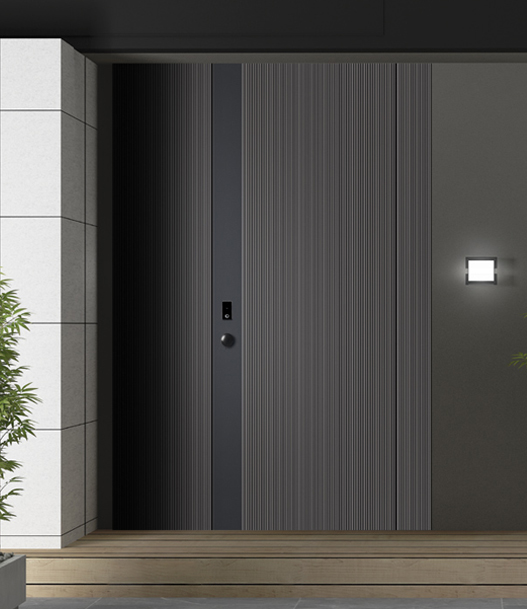OEM villa entrance fireproof door Supplier
The entrance door of a villa is not just a functional element; it is a statement of the owner’s taste, cultural background, and the architectural style that defines the residence. The villa entrance door serves as the threshold between the external world and the private sanctuary within, making it an essential aspect of the home's first impression. Across different cultures, the design of villa entrance doors has evolved, influenced by the unique historical, social, and cultural contexts of each region. This article delves into how various cultures shape the design of villa entrance doors, particularly focusing on Chinese classical styles, Indian-inspired doors, and the broader influence of global architectural trends.
The Symbolism of Villa Entrance Doors
Before we dive into specific cultural influences, it’s essential to understand the broader symbolism of a villa entrance door. In many cultures, the entrance door is more than just a functional structure; it is seen as a symbol of protection, prosperity, and invitation. The design of the villa entrance door often incorporates elements that signify the homeowner’s aspirations, beliefs, and identity. This importance is reflected in how different cultures approach the aesthetics, structure, and materials used in crafting these doors.
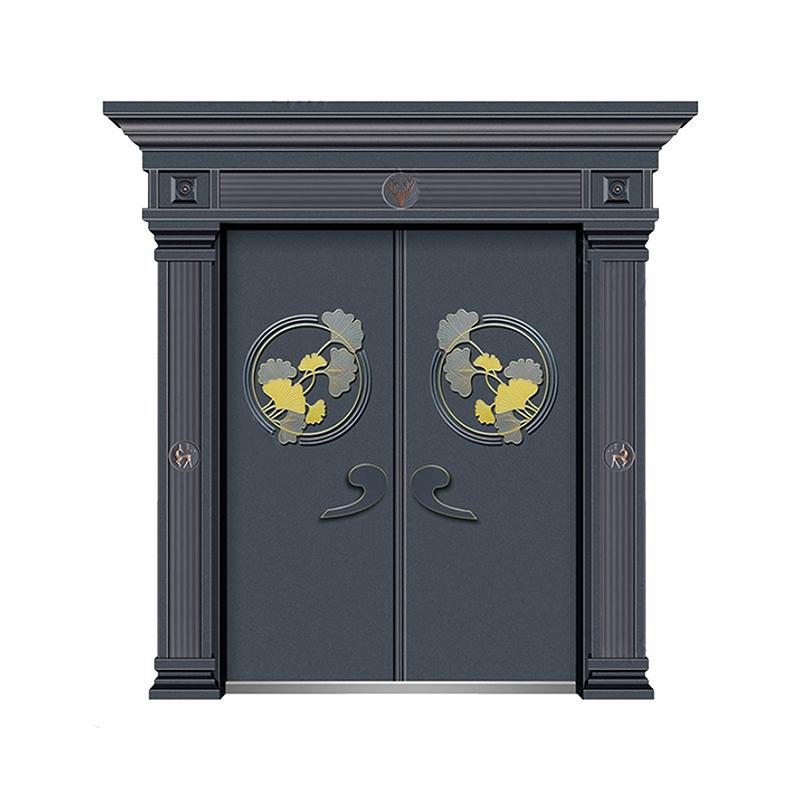
Chinese Classical Villa Entrance Doors
Chinese architecture is rich in symbolism, and this extends to the design of villa entrance doors. The most iconic feature of a traditional Chinese villa entrance door is the use of intricate wooden carvings, often representing prosperity, health, and good fortune. The Chinese believe that the door serves as a barrier to negative energy and a welcoming entry point for positive forces. The design of a Chinese villa entrance door typically features symbols such as the dragon, phoenix, and auspicious characters like "福" (fu), meaning fortune or happiness, which are often carved into the wood or painted onto the door.
The choice of materials also plays a critical role in Chinese door design. Traditionally, wood is used for its natural beauty and spiritual connection to the earth. The door’s frame might be constructed with strong, durable materials, such as red lacquered wood, which is believed to have protective properties. In terms of color, red and gold are commonly used, as they are considered to bring luck and ward off evil spirits. A Chinese villa entrance door is not merely a threshold; it serves as a guardian of the home, ensuring peace and harmony within.
Indian-Inspired Villa Entrance Doors
Moving from the Far East to South Asia, India offers a unique perspective on villa entrance door design. Indian doors are often an eclectic blend of ancient traditions and contemporary influences, reflecting the country’s diverse cultural heritage. The traditional Indian villa entrance door is usually made from heavy, solid wood, often teak or rosewood, and features detailed carvings, brass or iron fittings, and ornate embellishments.
One of the most striking features of Indian villa entrance doors is the use of arches and intricate carvings. The door’s surface may display motifs that are representative of Indian spirituality and mythology, such as lotus flowers, elephants, and deities. These symbols are believed to bring good luck and remove negative energy. The grandeur of the door is often complemented by the use of brass or copper door knockers, which not only add to the visual appeal but also have cultural significance as symbols of wealth and status.
The color scheme of Indian villa entrance doors can vary greatly depending on the region. In Rajasthan, for example, the use of bold colors like deep reds, blues, and yellows is common, while in southern India, doors may be painted in earth tones or adorned with floral motifs. Gold leaf is often used for detailing, as it signifies both divine and royal presence. Much like Chinese doors, the Indian villa entrance door is seen as a protective element, keeping the home secure from both physical and spiritual threats.
European and Mediterranean Influences on Villa Entrance Doors
While the Chinese and Indian designs are deeply rooted in spiritual symbolism, European and Mediterranean villa entrance doors tend to focus more on classical architectural elements. In Mediterranean countries like Spain, Italy, and Greece, the villa entrance door is often designed to reflect the local climate and lifestyle. For example, Spanish villa entrance doors frequently feature intricate wrought-iron designs that allow for airflow, keeping the interior cool in hot weather while adding a sense of elegance and security.
In Italy, the villa entrance door may be adorned with grand wooden panels, often featuring Renaissance-inspired carvings of mythological figures, and the use of stone or marble around the doorframe is not uncommon. Mediterranean-style villas tend to use arched doorways, which not only contribute to the aesthetic but also help with ventilation and natural lighting, which is particularly beneficial in warmer climates.
The Fusion of Global Trends in Modern Villa Entrance Doors
In recent years, the influence of globalization has led to a fusion of various cultural elements in villa entrance door designs. Homeowners often blend elements from different traditions to create doors that are unique and personal. For example, a modern villa entrance door might feature the clean lines and minimalism of contemporary Western design while incorporating symbolic elements from Chinese or Indian styles.
The use of modern materials like glass, stainless steel, and composite wood has also changed the way villa entrance doors are designed. Glass panels allow for greater light transmission, creating a more open and welcoming atmosphere, while still maintaining the functional aspects of security and privacy. These modern materials, combined with traditional cultural motifs, allow homeowners to design villa entrance doors that are both aesthetically pleasing and culturally significant.
The Global Appeal of Villa Entrance Doors
The cross-cultural exchange of design ideas has led to a more diversified approach to villa entrance door design. Whether it's the symbolic carvings of a Chinese villa entrance door, the ornate details of an Indian-inspired door, or the classical elegance of Mediterranean designs, homeowners today have an array of choices to suit their personal style and cultural heritage. The villa entrance door, in all its varied forms, remains a reflection of the owner’s identity and a key element of architectural expression.
As global travel and communication continue to bring different cultures closer together, it’s likely that villa entrance doors will continue to evolve, blending traditional influences with modern innovations. Regardless of the cultural background, the villa entrance door will always serve as a welcoming threshold into a private world, one that embodies both function and beauty.
In conclusion, the design of the villa entrance door is influenced by a myriad of cultural factors, from the symbolic wood carvings of China to the intricate brass fittings of India and the classical stonework of Europe. This cultural diversity not only enhances the aesthetic value of these doors but also imbues them with deep meaning and significance. As cultural influences continue to blend, villa entrance doors will remain a central element in the architectural identity of homes around the world.

 English
English русский
русский Español
Español عربى
عربى